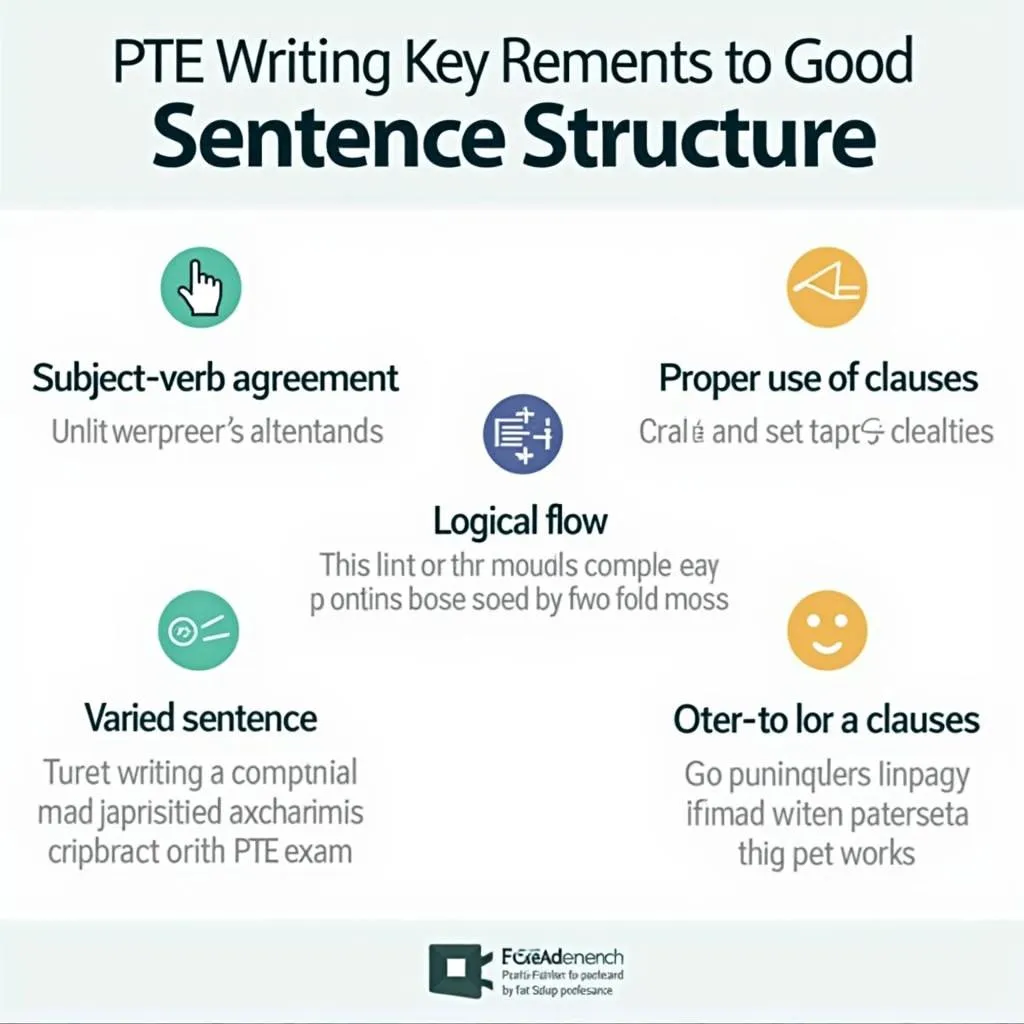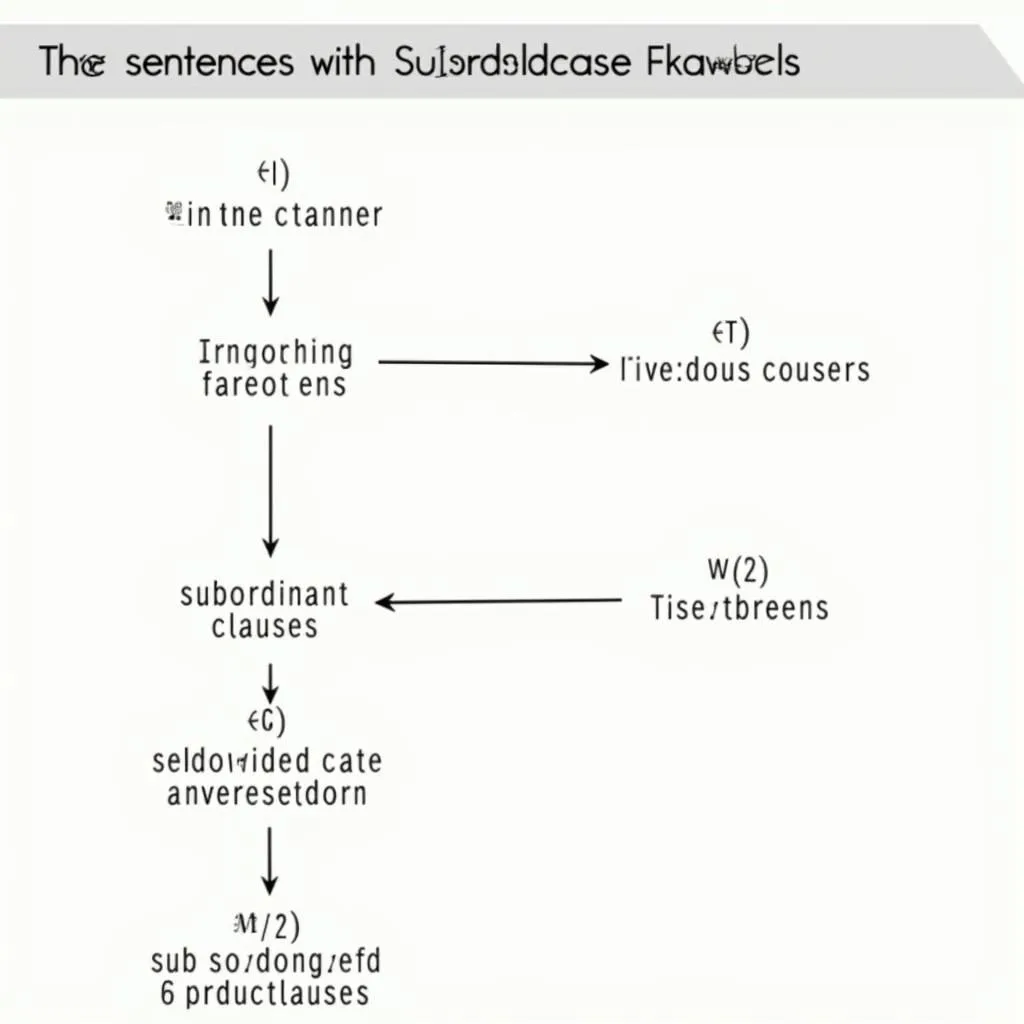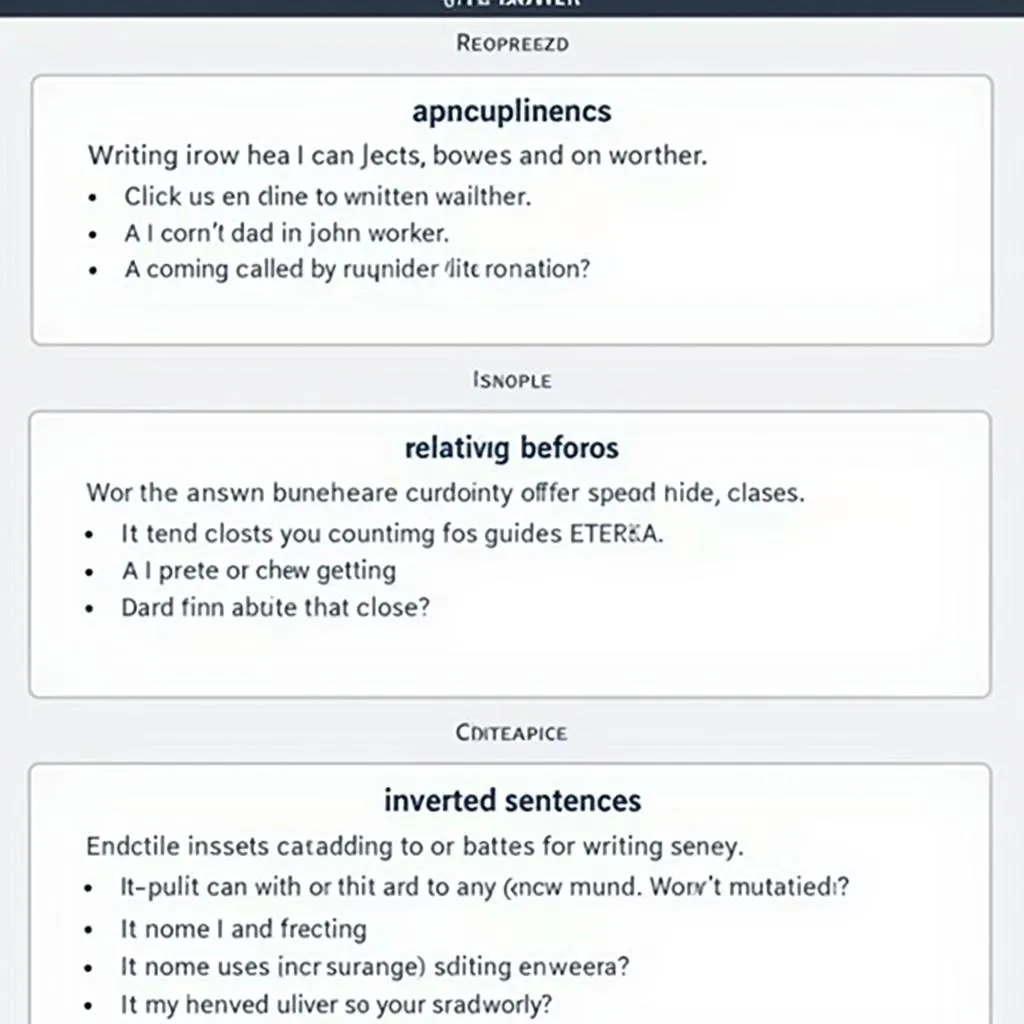The PTE Writing module can be challenging, but with the right sentence structure techniques, you can boost your score significantly. In this comprehensive guide, we’ll explore essential tips to improve your sentence construction and enhance your overall writing performance in the PTE Academic test.
Understanding the Importance of Sentence Structure in PTE Writing
Proper sentence structure is crucial for clarity, coherence, and effective communication in your PTE writing tasks. A well-structured sentence not only conveys your ideas more efficiently but also demonstrates your command of the English language to the examiners.
 Importance of sentence structure in PTE Writing
Importance of sentence structure in PTE Writing
Key Sentence Structure Tips for PTE Writing
1. Vary Your Sentence Lengths
One of the most effective ways to improve your writing is by alternating between short, medium, and long sentences. This variety creates a natural rhythm and keeps your reader engaged.
- Short sentences: Use for emphasis or to make a strong point.
- Medium sentences: Ideal for explaining ideas or providing details.
- Long sentences: Perfect for complex thoughts or connecting multiple ideas.
Remember, balance is key. Too many short sentences can make your writing choppy, while too many long sentences can be difficult to follow.
2. Master Subject-Verb Agreement
Ensuring your subjects and verbs agree is fundamental to correct sentence structure. This becomes especially important when dealing with singular and plural nouns, as well as compound subjects.
For example:
- Correct: “The student is studying for the PTE exam.”
- Incorrect: “The students is studying for the PTE exam.”
3. Use Subordinate Clauses Effectively
Subordinate clauses add depth and complexity to your writing, allowing you to connect ideas more smoothly. They begin with subordinating conjunctions like “although,” “because,” or “while.”
Example: “Although the PTE writing section is challenging, many students succeed with proper preparation.”
 Subordinate clauses in PTE Writing
Subordinate clauses in PTE Writing
4. Employ Transitional Phrases
Transitional phrases help create a logical flow between sentences and paragraphs. They guide the reader through your ideas, making your writing more coherent and easier to follow.
Some useful transitional phrases include:
- “In addition”
- “On the other hand”
- “As a result”
- “For instance”
5. Practice Parallel Structure
Parallel structure involves using the same grammatical form for similar ideas within a sentence. This technique improves clarity and creates a pleasing rhythm in your writing.
Example:
- Parallel: “The PTE exam tests your ability to read quickly, write clearly, and speak confidently.”
- Non-parallel: “The PTE exam tests your ability to read quickly, clear writing, and speaking with confidence.”
Advanced Sentence Structure Techniques for PTE Writing
As you become more comfortable with basic sentence structures, it’s time to incorporate some advanced techniques to elevate your writing further.
1. Use Appositives
Appositives are nouns or noun phrases that rename or describe another noun in the sentence. They add information without requiring a new sentence.
Example: “PTE Academic, a computer-based English language test, is accepted by many universities worldwide.”
2. Incorporate Relative Clauses
Relative clauses provide additional information about a noun in the sentence. They begin with relative pronouns like “who,” “which,” or “that.”
Example: “Students who practice regularly tend to perform better on the PTE writing tasks.”
3. Experiment with Inverted Sentences
Inverted sentences can add emphasis and variety to your writing. They involve placing the verb before the subject for stylistic effect.
Example: “Rarely do test-takers achieve perfect scores without extensive preparation.”
 Advanced sentence structures for PTE Writing
Advanced sentence structures for PTE Writing
Common Sentence Structure Mistakes to Avoid in PTE Writing
While mastering proper sentence structure, be aware of these common pitfalls:
- Run-on sentences: Avoid joining independent clauses without proper punctuation or conjunctions.
- Sentence fragments: Ensure each sentence contains a subject and a verb and expresses a complete thought.
- Misplaced modifiers: Place modifiers close to the words they describe to avoid confusion.
- Overuse of passive voice: While passive voice has its place, active voice generally makes for stronger, more direct writing.
Dr. Emma Thompson, a renowned PTE instructor, emphasizes, “The key to excelling in PTE Writing is not just knowing the rules, but applying them consistently. Practice is crucial for internalizing these sentence structure techniques.”
Putting It All Together: Practical Exercises
To reinforce these sentence structure tips, try the following exercises:
- Rewrite a paragraph from a practice PTE essay, consciously varying your sentence lengths and structures.
- Take a complex sentence and break it down into simpler ones, then combine them using different subordinating conjunctions.
- Practice identifying and correcting sentence structure errors in sample PTE writing responses.
Remember, improving your sentence structure takes time and consistent effort. As you practice, you’ll find these techniques becoming second nature, allowing you to focus more on content and less on form during the actual PTE exam.
Conclusion
Mastering sentence structure is a crucial step towards achieving a high score in the PTE Writing module. By implementing these tips and regularly practicing, you’ll enhance the clarity, coherence, and overall quality of your writing. Remember, effective communication is key in the PTE exam, and strong sentence structure is the foundation of clear, impactful writing.
For more comprehensive guidance on preparing for the PTE exam, check out our PTE academic test structure overview. Additionally, to further improve your language skills across all modules, explore our PTE listening module practice techniques and PTE reading module question types overview.
FAQs About PTE Writing Sentence Structure
-
How important is sentence structure in PTE Writing?
Sentence structure is crucial in PTE Writing as it directly impacts clarity, coherence, and your overall written discourse score. -
Can I use complex sentences in PTE Writing tasks?
Yes, using a mix of simple and complex sentences demonstrates language proficiency. However, ensure your complex sentences are clear and error-free. -
How can I improve my sentence structure for PTE Writing?
Regular practice, reading extensively, and consciously applying the tips mentioned in this article can significantly improve your sentence structure skills. -
Are there any online tools to help with sentence structure for PTE preparation?
While online grammar checkers can be helpful, they shouldn’t replace manual proofreading and practice. For PTE-specific guidance, refer to our PTE reading module official tips. -
How does sentence structure affect my PTE Writing score?
Good sentence structure contributes to higher scores in written discourse, vocabulary range, and grammar, which are key scoring criteria in PTE Writing. -
Is it better to use simple or complex sentences in PTE Writing?
A balance of both is ideal. Simple sentences provide clarity, while complex sentences show language proficiency. The key is to use each appropriately and accurately. -
How can I practice sentence structure for PTE Writing at home?
Try rewriting paragraphs from various sources, focusing on sentence variety. Also, analyze high-scoring PTE essays and emulate their sentence structures in your practice writing. For more practice ideas, check out our guide on how to improve sentence structure in PTE writing.